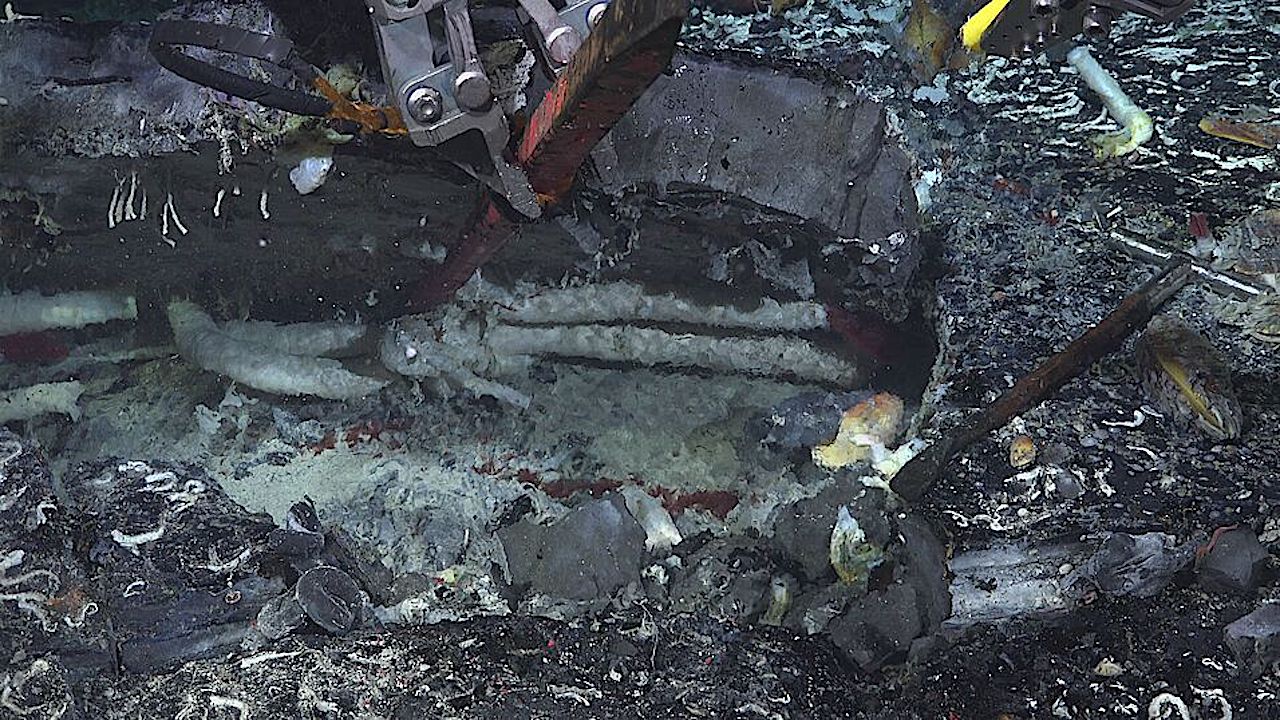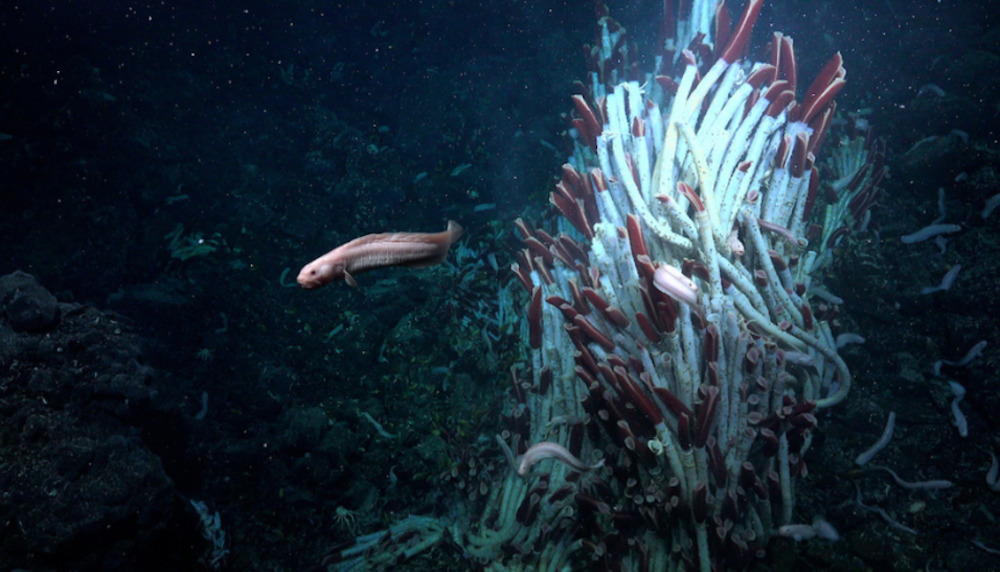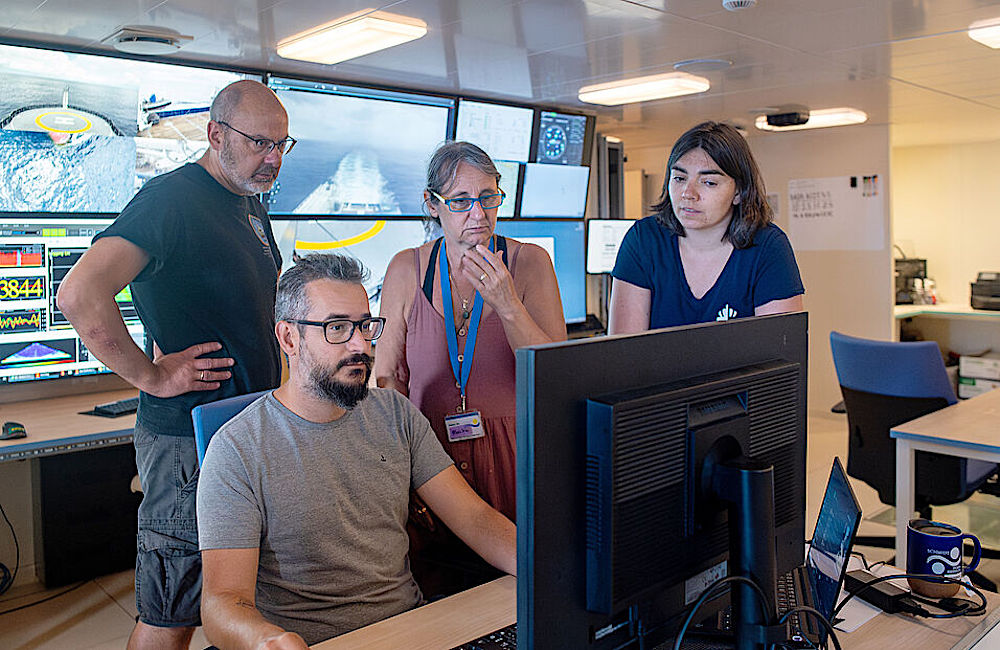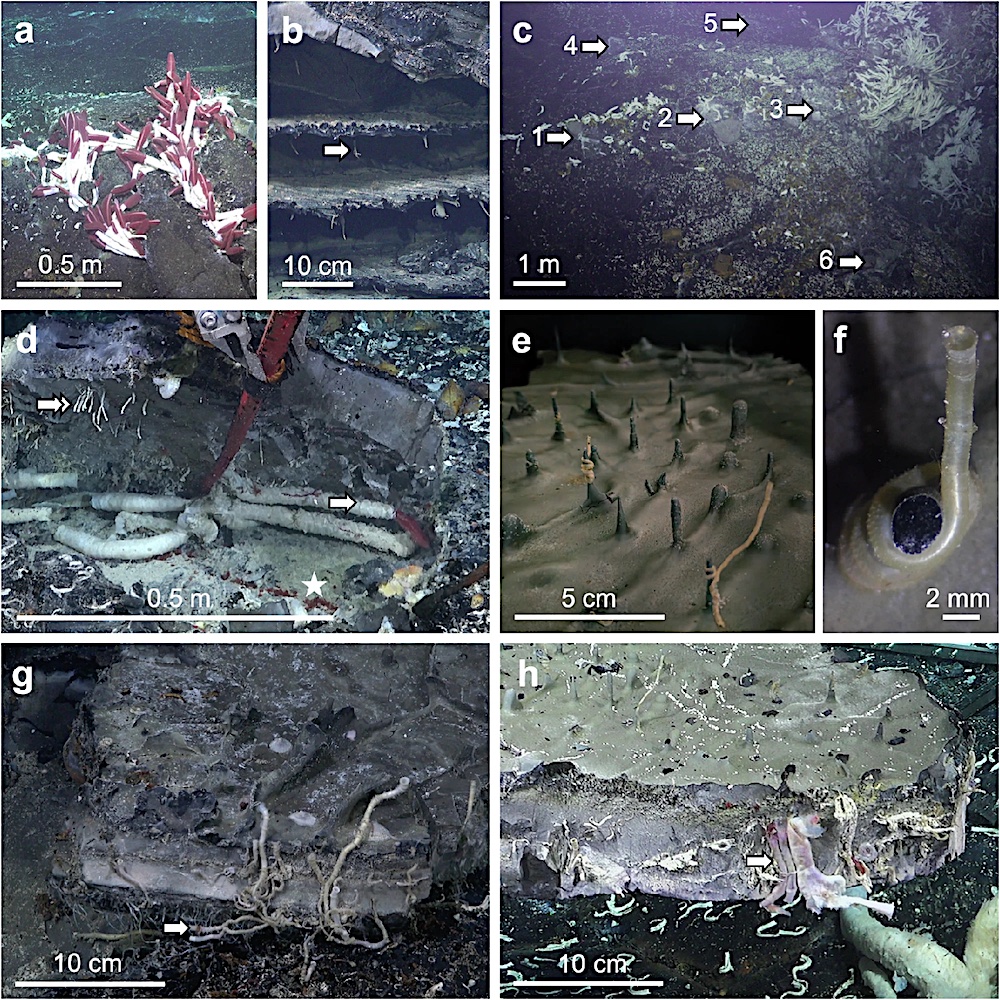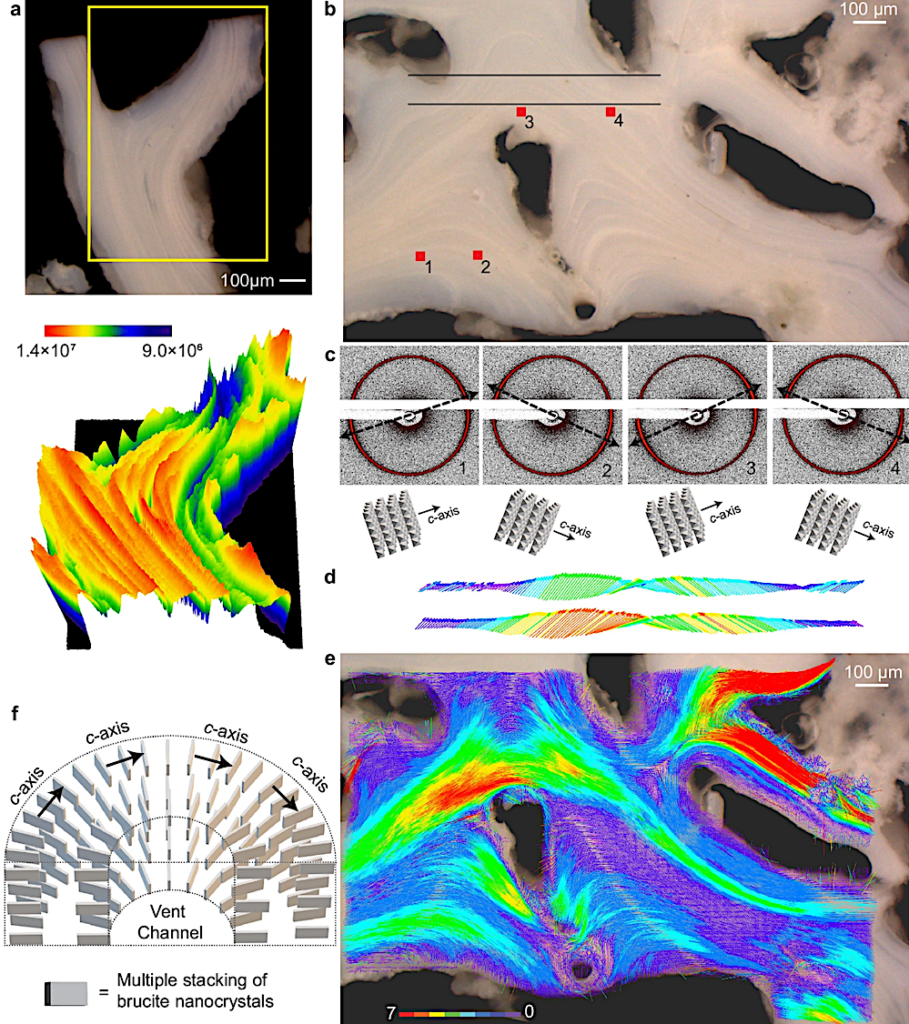Canada must act now to be prepared for the next health emergency, new pandemic report warns
A future pandemic could be swifter and more severe than COVID-19, experts say in independent report
Canada needs to learn from the COVID-19 pandemic and take action before the next health emergency strikes, an expert panel of doctors and researchers say in a new independent report.
"Most scientists feel that it's only a matter of time before we face something similar to what we went through these past five years," said Dr. Fahad Razak, one of the six experts who contributed to the report examining how scientific advice was developed and how research was co-ordinated.
"A lot of what we saw globally when we compared [pandemic] responses suggests that the preparedness is the critical part."
The panel's report, called "The Time to Act is Now," says disease surveillance, hospitalization data and research findings need to be communicated much more effectively between the provinces, the territories and the federal government.
"The fragmented nature of how we govern this country, with separate decisions being made in provinces and territories and what's being done at the federal government [level], had really significant impact on how we responded to the pandemic," said Razak, an internal medicine specialist at St. Michael's Hospital in Toronto who was the scientific director of the Ontario COVID-19 Science Advisory Table.
The availability of health data varied across the country during the pandemic, making it "very difficult for us to get a national picture of what was happening," he said in an interview on Tuesday.
The report also says Canada needs to create a single, permanent scientific advisory group — something that's been done in the U.K. — instead of trying to pull together that expertise in the middle of an epidemic.
"There's only so much that you can do in the middle of a crisis. People are desperate, infrastructure does not work as well when there's a crisis," Razak said.
The report says the "absence of pre-existing emergency protocols for science advice in Canada caused significant delays" and better co-ordination was needed "within and across all levels of government."
Having scientific advisory groups federally and provincially communicating separately "resulted in multiple streams of advice," said the report, which was released by the agency on Thursday. It had been requested by Health Canada last August.
The report also recommended that evolving health information should be shared much more quickly with the public.
"I think the pandemic was a perfect example of if you don't publicly release that information, it breeds mistrust and disinformation," said Razak.
"[The scientific advisory group's] communication to government should be released to the public almost as quickly as you generate it," he said.
"You want the public to be confident that they are also being provided with the best available scientific evidence."
Report highlights role of inequities
The report says Canada also needs to address inequities among people who are hardest hit during emergencies, including people who are racialized, Indigenous people, people who are living in poverty, people experiencing homelessness and residents of long-term care homes.
"Greater focus and investment is needed to support transdisciplinary research to identify the best ways to implement public health and other interventions to tackle well-documented inequalities," it says.
That includes more funding for Indigenous-led research, the report says.
Dr. Shannon McDonald, another expert on the panel, said funding agencies should support different types of Indigenous-led studies, including research examining how factors such as colonization, experiences of trauma and economic situations affect underlying health that could in turn affect people's risk of being disproportionately affected by emergencies.
Better data sharing between governments and First Nations, Métis and Inuit communities is also important, said McDonald, who is Métis/Anishinaabe and the former chief medical officer at the First Nations Health Authority in B.C., in an interview on Wednesday.
That requires long-term partnerships, she said.
"When we start talking about meaningfully engaging [with] Indigenous peoples, it cannot be in the ad hoc way that the gazillion committees were formed when COVID was declared as a public health emergency globally," McDonald said.
"It really is about the relationship developing over time and supporting health data strategies and advancement."
Despite the shortcomings, Razak said there were many aspects of Canada's handling of the COVID-19 pandemic to be proud of, including using wastewater surveillance to detect how much of the virus was present in communities.
"We were one of the pioneering countries and we certainly advanced it at scale beyond what many other countries were able to achieve," he said.
But some provinces, including Ontario, have now made significant cuts to their wastewater surveillance programs, leaving many communities with "almost no data," Razak said.
Canadian Press health coverage receives support through a partnership with the Canadian Medical Association. CP is solely responsible for this content.













